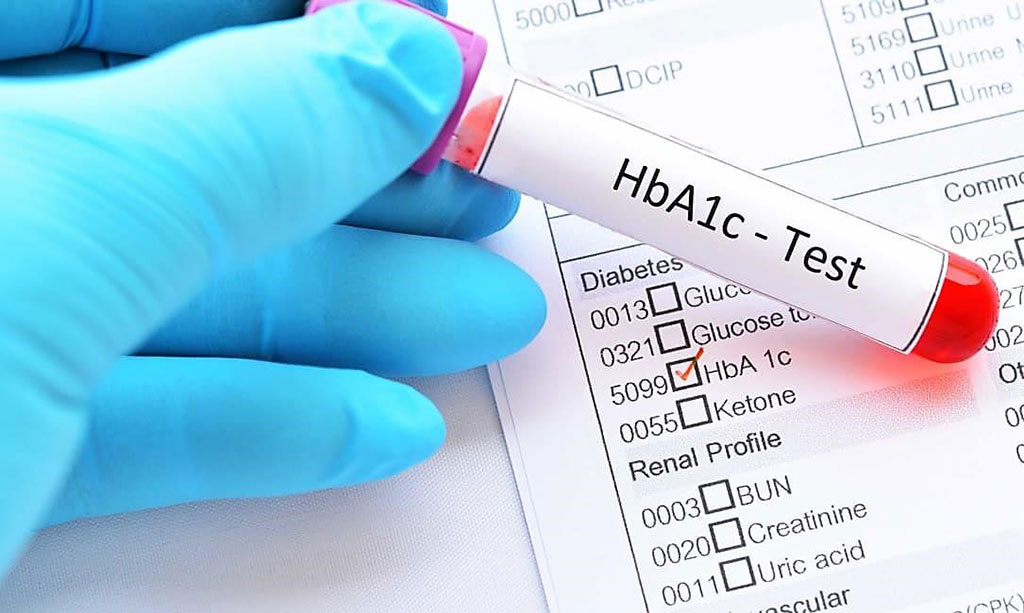High Blood Glucose Tied to Cardiovascular Risk in Diabetes
By LabMedica International staff writers
Posted on 14 Aug 2020
Glycated hemoglobin (HbA1c) is a measure of an overall picture of what the average blood sugar levels have been over a period of weeks/months. If the blood sugar levels have been high over recent weeks, the hemoglobinA1c test will be higher.Posted on 14 Aug 2020
Blood sugar is commonly considered too high if it is higher than 130 mg/dL before a meal or higher than 180 mg/dL two hours after the first bite of a meal. However, most of the signs and symptoms of high blood sugar do not appear until the blood sugar level is higher than 250 mg/dL.

By measuring glycated hemoglobin (HbA1c), clinicians are able to get an overall picture of what the average blood sugar levels have been over a period of weeks/months (Photo courtesy of Diabetes.co.uk).
Clinical Scientists at the Miguel Hernandez University (San Juan de Alicante, Spain) conducted a study with an aim to analyze the relationship between HbA1c levels, blood sugar and mayor adverse cardiovascular events (MACE) risk in diabetes patients over 70 years of age. In total 5,016 subjects were included with a mean age of 75.1 years (46.7% men). Primary endpoint was the incidence of MACE: all-cause mortality and/or hospital admission due to coronary heart disease or stroke.
The scientists reported that during an average follow-up of 49 months (4.1 years), 807 (16.1%) MACE were recorded. The incidence of MACE was 20.6 per 1,000-person-years. Variables significantly associated to the incidence of MACE were male gender (HR: 1.61), heart failure (HR: 2.26), antiplatelet therapy (HR: 1.39), oral antidiabetic treatment (HR: 0.74), antithrombotic treatment (HR: 1.79), while age, creatinine, HbA1c and peripheral arterial disease were time-depend associated variables.
The authors concluded that their results highlights the importance of HbA1c level in the incidence of cardiovascular events in older diabetic patients. The study was originally published online on June 27, 2020 in the journal Primary Care Diabetes.
Related Links:
Miguel Hernandez University




 assay.jpg)


 Analyzer.jpg)





